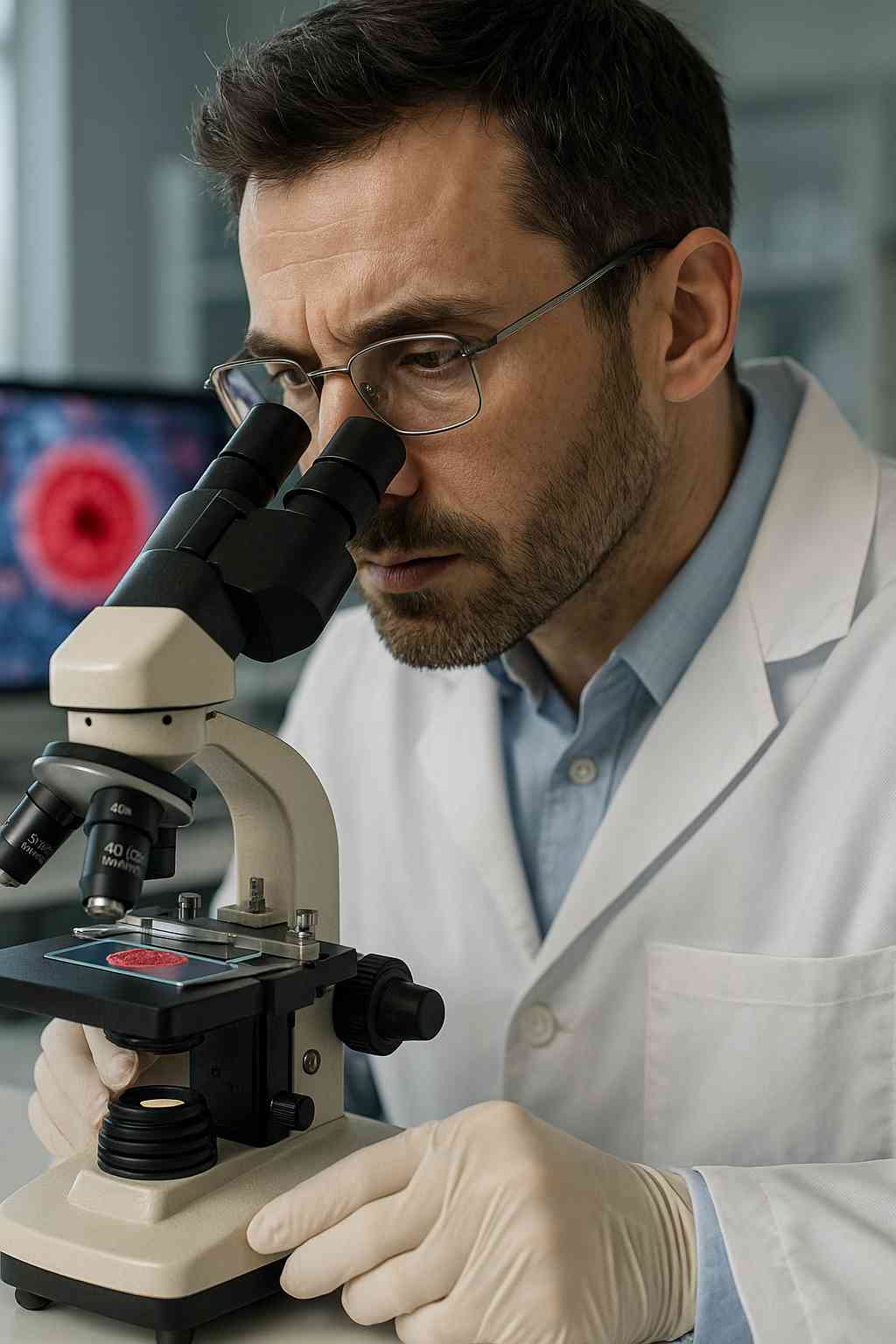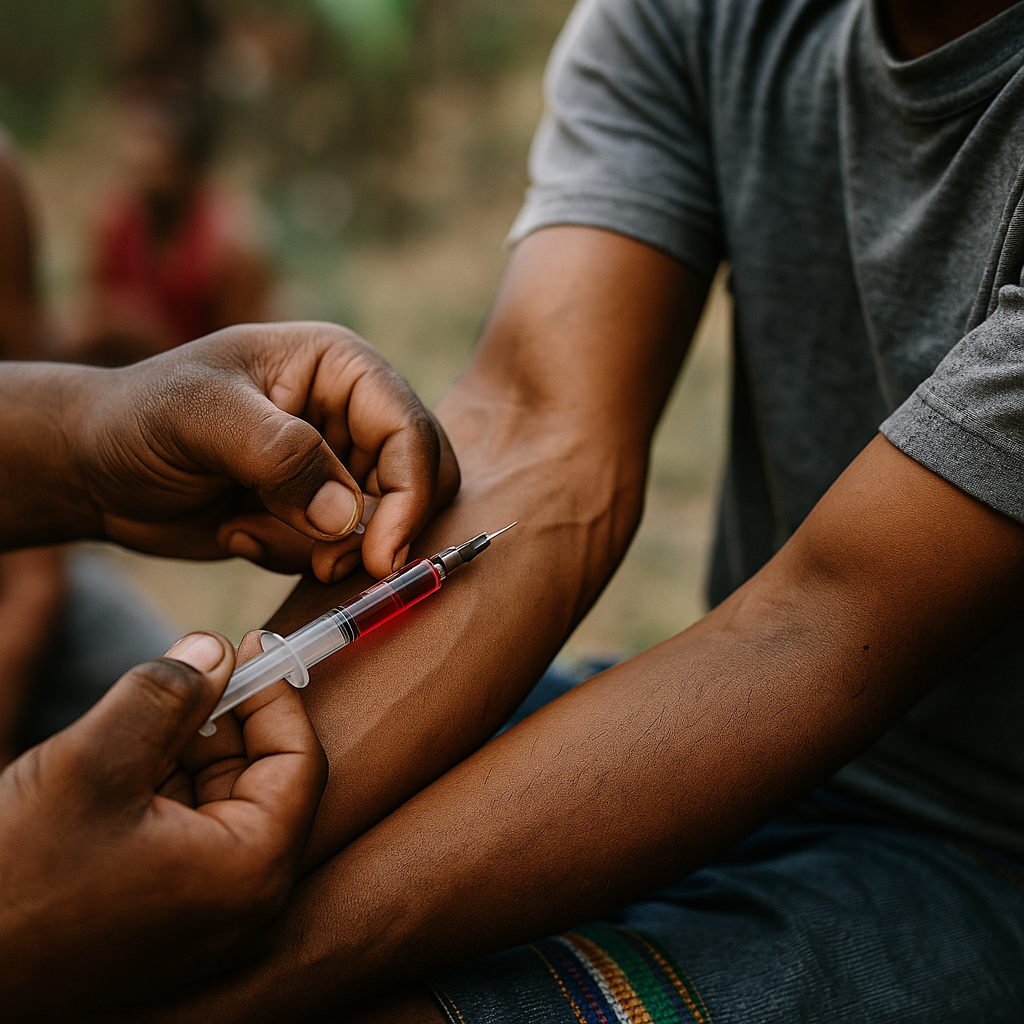For decades, the biggest challenge in curing HIV has been the virus’s ability to hide. Even when antiretroviral therapy (ART) suppresses HIV to undetectable levels, the virus lingers in so-called “reservoirs” within the body, waiting for a chance to reactivate. Now, scientists are using gene therapy to go after these hidden reservoirs — and early research suggests this approach could be a game-changer in the fight against HIV.
Table of Contents
- What Are HIV Reservoirs?
- How Gene Therapy Works Against HIV
- The New Breakthrough Study
- Why This Matters for HIV Cure Research
- Challenges Ahead
- Frequently Asked Questions
- Conclusion
What Are HIV Reservoirs?
When HIV infects a person, it doesn’t just float around in the bloodstream. Instead, the virus inserts its genetic material into human immune cells, such as CD4 T cells. These infected cells can lie dormant, forming what scientists call HIV reservoirs. Even when ART keeps active virus replication under control, these reservoirs persist — and if therapy is stopped, the virus can quickly return.
This is why HIV has been so hard to cure. Standard treatments suppress the virus but do not eliminate these silent reservoirs. For a true cure, researchers must find a way to either destroy the infected cells or permanently disable the viral DNA inside them.
How Gene Therapy Works Against HIV
Gene therapy is an innovative medical approach that modifies a person’s own DNA to treat or cure disease. In the case of HIV, scientists are developing therapies that directly alter immune cells to resist infection or remove viral DNA.
There are several strategies under investigation:
- Gene editing with CRISPR: Tools like CRISPR-Cas9 can cut out or disrupt the HIV genetic code inside cells, preventing the virus from replicating.
- Immune cell engineering: Scientists can modify CD4 T cells so they lack the CCR5 receptor, which HIV uses to enter cells. People with a natural CCR5 mutation are highly resistant to HIV infection.
- “Shock and kill” therapy: This method uses gene therapy and other drugs to “wake up” dormant HIV in reservoirs so it can be targeted and destroyed.
By combining these methods, researchers aim to reduce or even eliminate HIV reservoirs entirely — something that has never been achieved with ART alone.
The New Breakthrough Study
In a recent study supported by the National Institutes of Health, scientists successfully used gene therapy to target HIV reservoirs in laboratory and animal models. They engineered immune cells with specialized molecular “scissors” that sought out and cut the viral DNA hidden inside infected cells.
The results were promising:
- In laboratory tests, edited immune cells showed a significant reduction in HIV DNA after treatment.
- In animal models, viral reservoirs shrank dramatically, and in some cases, HIV was no longer detectable.
- The engineered cells also appeared to survive longer and resist reinfection, offering protection against future HIV activity.
“This is one of the most exciting advances we’ve seen in HIV cure research,” the lead investigator noted. “By directly targeting the reservoirs, we are going after the virus where it hides — something no therapy has done effectively before.”
Why This Matters for HIV Cure Research
For people living with HIV, this discovery is significant for several reasons:
- It addresses the main obstacle to a cure: HIV reservoirs are the last hiding place for the virus. If they can be eliminated or permanently silenced, a cure becomes possible.
- It moves beyond suppression: Current ART keeps HIV under control but requires lifelong treatment. Gene therapy could one day free patients from daily medication.
- It offers personalized treatment: Because gene therapy uses a patient’s own cells, it can be tailored to individual needs and immune systems.
While still experimental, this breakthrough builds on decades of progress in HIV treatment, shifting the focus from managing HIV to potentially eradicating it.
Challenges Ahead
Despite the excitement, scientists caution that gene therapy for HIV is still in its early stages. Several challenges remain:
- Safety: Gene editing carries risks, including the possibility of unintended DNA changes that could cause harmful side effects.
- Delivery: Reaching enough cells throughout the body — especially in tissues like the brain and lymph nodes — remains a major hurdle.
- Cost and access: Gene therapy is complex and expensive. Ensuring access for the millions of people living with HIV worldwide will require global collaboration and funding.
- Long-term effectiveness: More research is needed to determine if edited cells provide permanent protection against HIV or if additional treatments will be required.
Despite these obstacles, researchers are optimistic. Clinical trials in humans may be possible within the next decade, and progress in other gene therapy fields — including cancer and rare genetic disorders — provides a roadmap for HIV research.
Frequently Asked Questions
Does this mean HIV is cured?
No, not yet. While the results are promising, the research has so far been limited to lab and animal studies. Human trials are still needed.
How is this different from regular HIV treatment?
ART suppresses the virus but doesn’t remove it. Gene therapy aims to attack HIV reservoirs directly, which could lead to a long-term or permanent cure.
Is gene therapy safe?
Gene therapy has shown success in other diseases, but safety remains a concern. Scientists are working to reduce risks before human trials begin.
When could this treatment be available?
It’s too early to say. Experts estimate it may take at least 5–10 years of research and testing before gene therapy could be widely available for HIV.
What can patients do now?
Continue with proven prevention and treatment strategies. ART, PrEP, and regular testing remain the best tools for managing HIV until curative therapies become available.
Conclusion
The use of gene therapy to target hidden HIV reservoirs represents a bold new direction in the search for a cure. While challenges remain, this research demonstrates that it is possible to go after the virus where it hides — offering hope that one day, HIV could be permanently eliminated from the body. For millions worldwide living with HIV, the possibility of a future free from daily treatment is closer than ever.
This content is not medical advice. For any health issues, always consult a healthcare professional. In an emergency, call 911 or your local emergency services.




